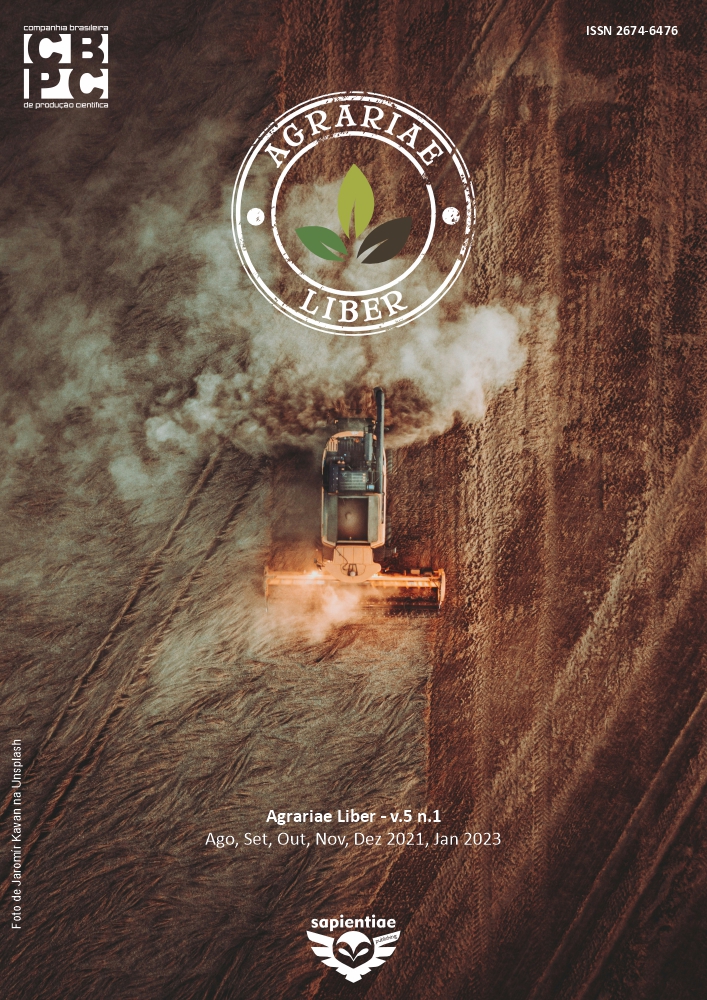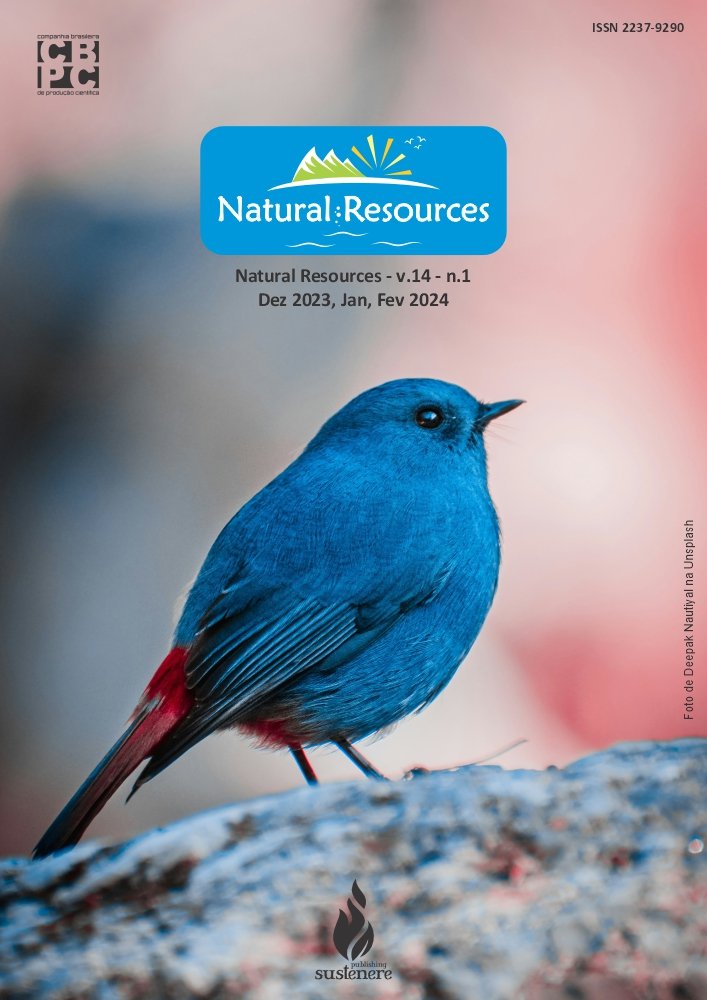Coconut verrucose control
DOI:
https://doi.org/10.6008/CBPC2674-645X.2023.001.0001Keywords:
Cocos nucifera L, Phytopathology, Coconut verrucose controlAbstract
Coconut farming has stood out in several regions of Brazil for its easy handling and productivity. One of the main diseases reported in the literature referring to coconut cultivation is coconut sandpaper, which is caused by the fungi Camarotella torrendiella and Camarotella acrocomiae. This experiment aims to analyze the association of triazole (Alto 100) with resistance inducers (Agromos, ASD and ASV) in the control of coconut sandpaper. For this, field research was carried out on the problems caused in the cultivar by the obligate parasite; Existing products and resistance inducers capable of inhibiting the life cycle of the fungus that causes coconut sandpaper were tested. Data were collected regarding the total number of sheets and the number of sandpapers. The experiment had nine treatments, three repetitions each and six blocks, with applications of triazole and resistance inducers every four months and quantitative evaluations every two months. This research project aims to analyze the efficiency and effectiveness of chemical control with various treatments, in order to improve productivity by optimizing the amount of chemical product, making its use viable and cost-effective for the producer. In addition, establishing control methods to combat the causative agent of coconut sandpaper in cultivars. At the end of the experiment, significant differences were found between treatments with regard to the total number of leaves and the significant presence of the youngest leaf with sandpaper.
Downloads
Published
Issue
Section
License
Copyright (c) 2023 Agriculturae

This work is licensed under a Creative Commons Attribution-NonCommercial-NoDerivatives 4.0 International License.
The CBPC - Companhia Brasileira de Produção Científica (Brazil CNPJ: 11.221.422/0001-03) the material rights of the published works. The rights relate to the publication of the work anywhere in the world, including rights to renewals, expansions and dissemination of the contribution, as well as other subsidiary rights. All electronically published works may subsequently be published in printed collections under the coordination of this company and / or its partners. The authors preserve the copyright, but are not allowed to publish the contribution in another medium, printed or digital, in Portuguese or in translation.








